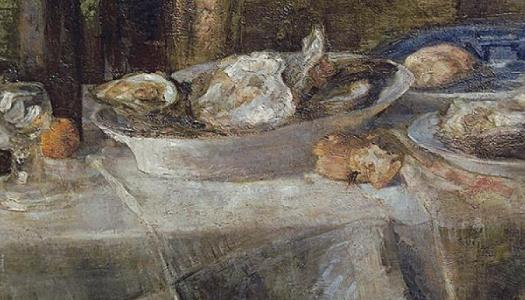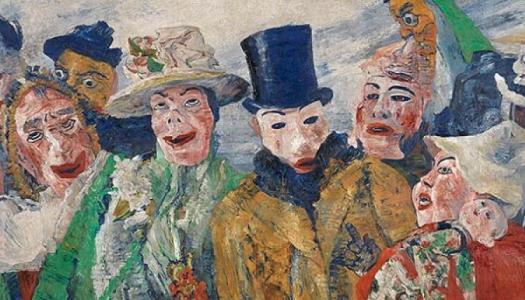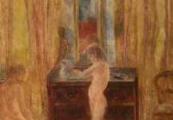This archived website ‘James Ensor. An online museum.’ is temporarily not being updated. Certain functionality (e.g. specific searches in the collection) may no longer be available. News updates about James Ensor will appear on vlaamsekunstcollectie.be. Questions about this website? Please contact us at info@vlaamsekunstcollectie.be.
Ensor, an 'artist's artist'
Although all three of these Belgian Modernist artists have an international reputation, the work of James Ensor is not as recognisable in the same way as that of Paul Delvaux or René Magritte. Ensor‘s work is indeed especially varied and since the advent of Post-Modernism, surprisingly topical again. Ensor is then also a genuine 'artist‘s artist‘.
James Ensor is not only an exceptionally talented colourist, but also one of the great 19th-century Realists. From 1876 to 1884 he was a radical, adherent to the plein aire movement that was pre-dominant in Europe-Realism, free from aesthetic, literary and moral conventions. The artist demonstrated this propensity in numerous, nearly empty seascapes, still lifes and in fifteen intimate interiors. His nearly pure pictorial importance appeared from the virtuoso manner in which he applied the paint with the palette knife.
Moreover, no one has examined light as a source of mystification like Ensor. From 1885 until around 1890, he practiced a creative method in his drawings and sketches, in which light experiments were combined with associative or surreal grotesques. Autobiographical motifs are mixed with societal ones.
However, the most striking realisations he produced as a painter were humourous masquerades and grotesque persiflages. For Ensor, the mask is an instrument of an expressionistic demasqué: he reveals the true malicious and ridiculous nature of humans. This emancipation from the caricature will be a source of inspiration for the German Expressionists.












